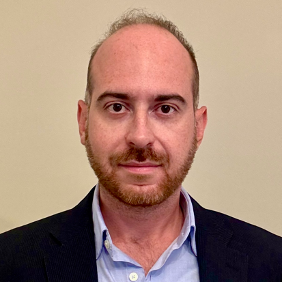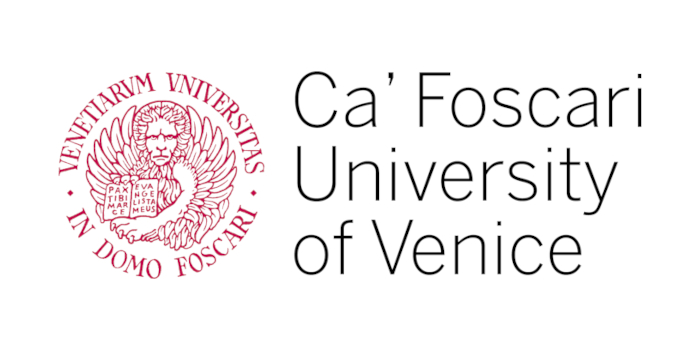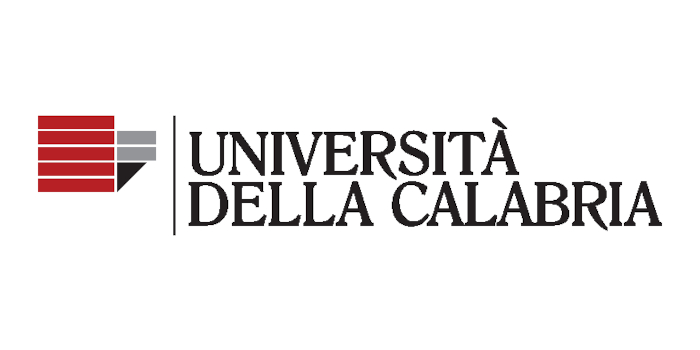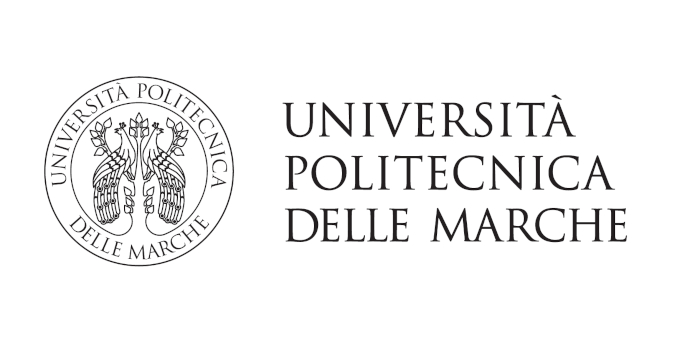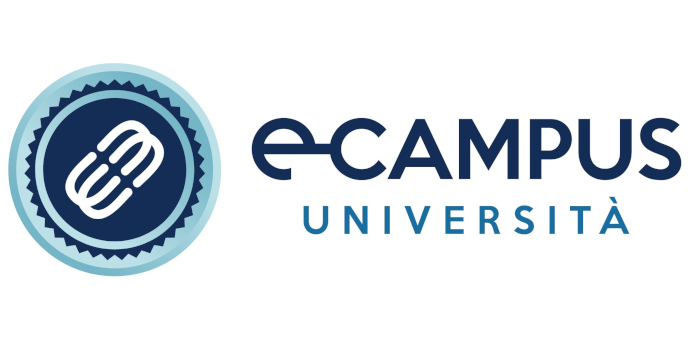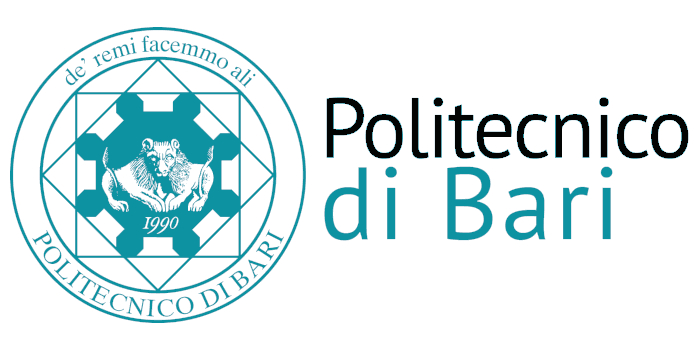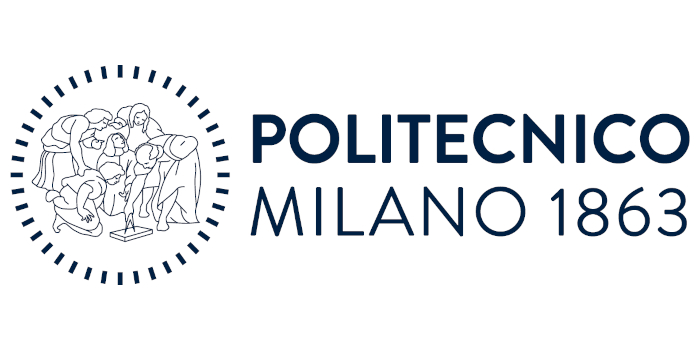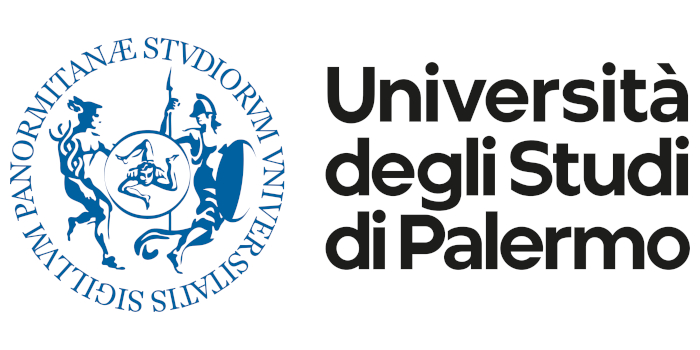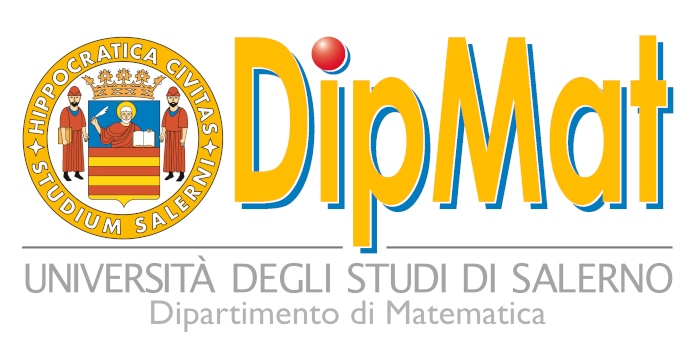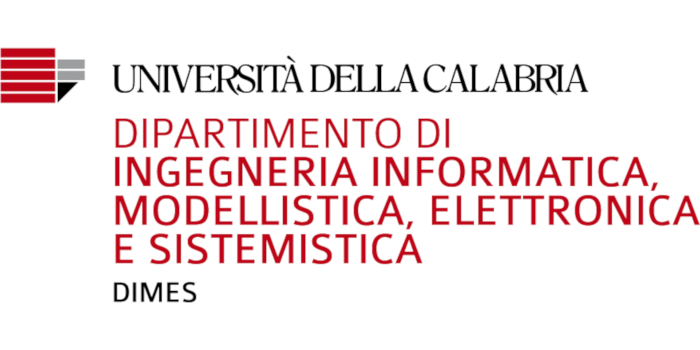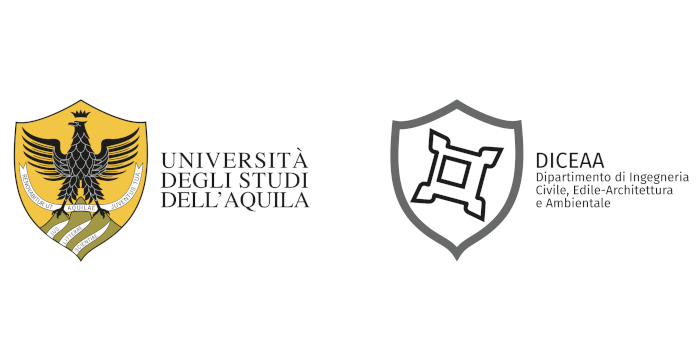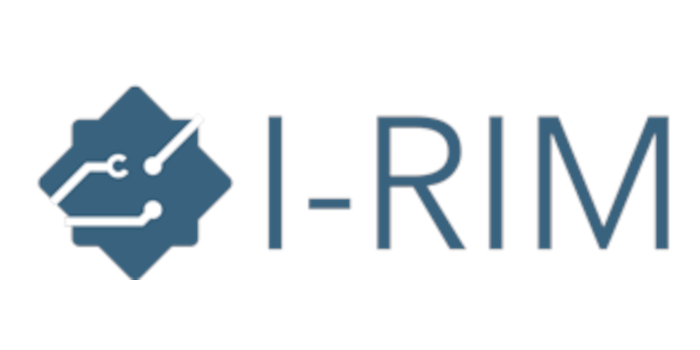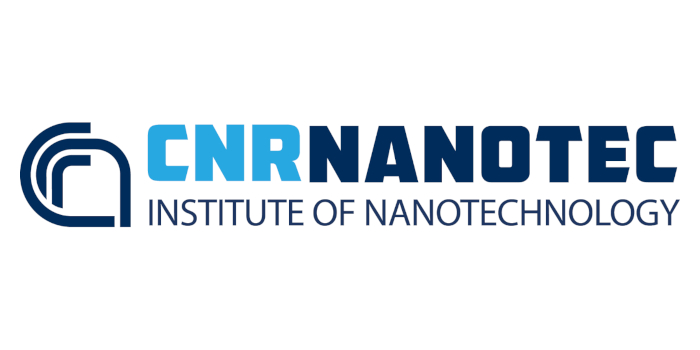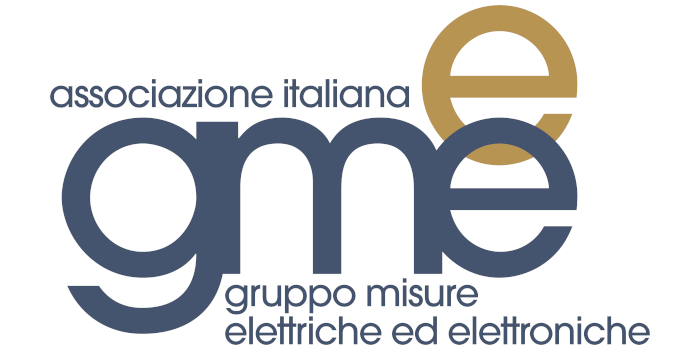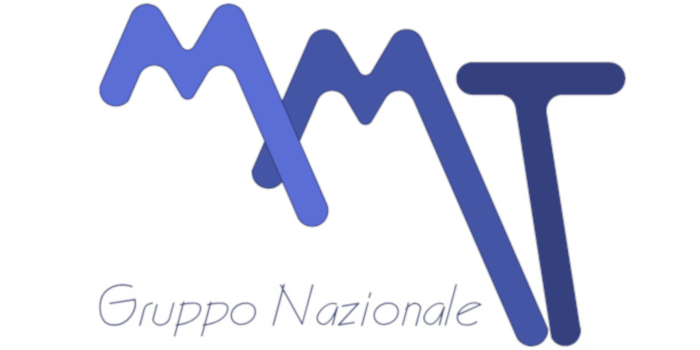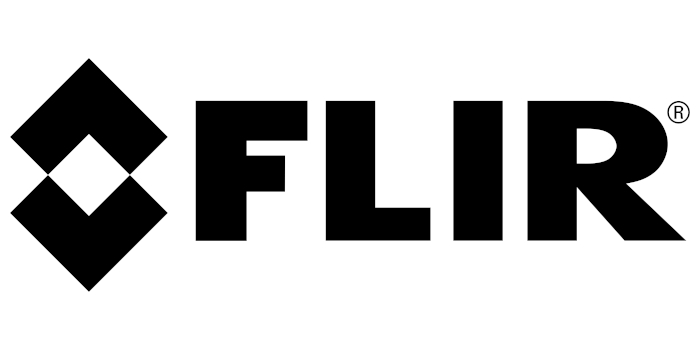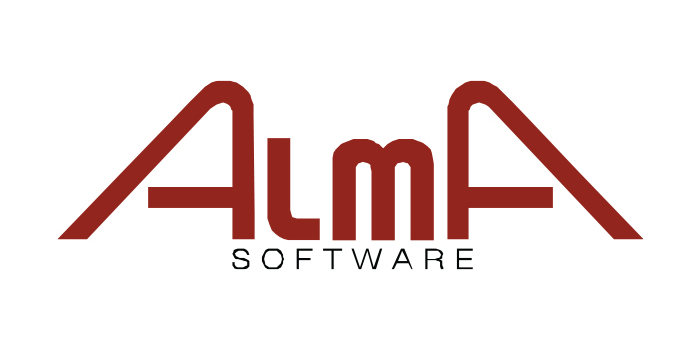TUTORIAL
Terahertz Waves for Metrology: from fundamentals to enhanced sensing
Riccardo Piccoli
Ca' Foscari University of Venice, Italy
ABSTRACT
Terahertz (THz) radiation, located between the infrared and microwave regions of the electromagnetic spectrum (0.1–10 THz), possesses unique properties that make it a powerful tool for metrology, sensing, and spectroscopy. Its non-ionizing nature, low photon energy (millielectron-volts), and ability to penetrate a wide range of optically opaque materials enable non-contact and non-invasive inspection techniques, particularly valuable in biomedical, pharmaceutical, and security applications. Moreover, the THz region hosts many collective modes (e.g., phonons) and inter-molecular vibrations, which enable precise material characterization and chemical identification.
This tutorial will introduce the fundamental principles of THz technology, covering key aspects of THz wave generation and detection. Special emphasis will be placed on THz time-domain spectroscopy (THz-TDS), a technique that provides both amplitude and phase information of transmitted or reflected THz waves, facilitating spectral analysis of complex materials. Various device architectures, including photoconductive antennas, nonlinear crystals, and quantum cascade lasers, will be discussed in the context of their efficiency, spectral coverage, and application scope.
Furthermore, recent advances in THz metamaterials will be explored, highlighting their role in enhancing sensitivity and selectivity in spectroscopic applications. Engineered sub-wavelength structures can tailor THz wave interactions, leading to enhanced field confinement, strong resonance effects, and improved detection capabilities.
This tutorial will provide attendees with a comprehensive overview of THz metrology, equipping them with the knowledge to leverage THz waves for advanced scientific and industrial applications.
SPEAKER BIOGRAPHY
Dr. Riccardo Piccoli is currently Assistant Professor at Ca' Foscari University of Venice, specializing in terahertz (THz) technologies, ultrafast and nonlinear optics, and attosecond science. He obtained his Ph.D. in Engineering, in late 2014, from the University of Pavia (Italy), where he developed ultrafast fiber lasers and amplifiers. In 2015, Dr. Piccoli moved to Montreal (Canada) to join INRS-EMT as a postdoctoral researcher, where he focused on terahertz technology, including time-domain spectroscopy, imaging, metamaterials, and devices. During this period, he also made significant contributions to the study of ultrafast optical phenomena in hollow-core fibers, pushing the frontiers of nonlinear optics and few-cycle pulse generation in waveguide structures. From late 2020 to mid 2022, Dr. Piccoli was a senior researcher and lecturer at the Weizmann Institute of Science in Rehovot (Israel), where he worked on high-harmonic generation in solid materials and terahertz technology. His ability to integrate diverse technologies to develop innovative tools for exploring ultrafast light-matter interactions has paved the way for novel methods to probe and control electronic and structural dynamics in condensed matter systems. He is the author of 30 peer-reviewed journal papers, more than 100 conference contributions, and 4 patents. Now at Ca' Foscari University of Venice, R. Piccoli continues to advance THz technology and nonlinear optics, contributing to both fundamental research and technological innovation.


